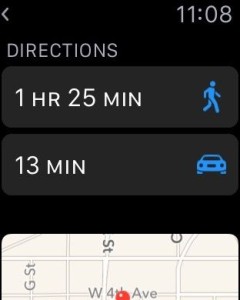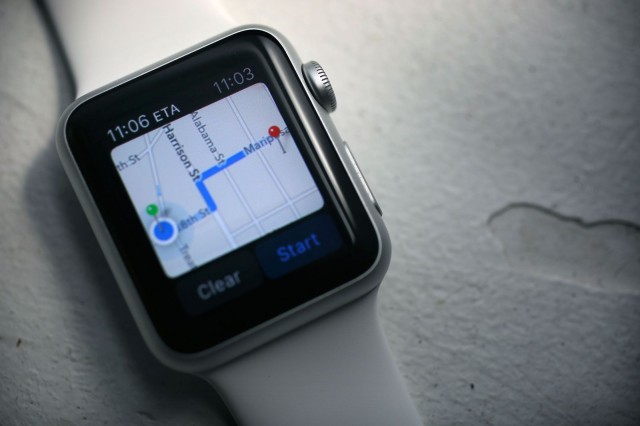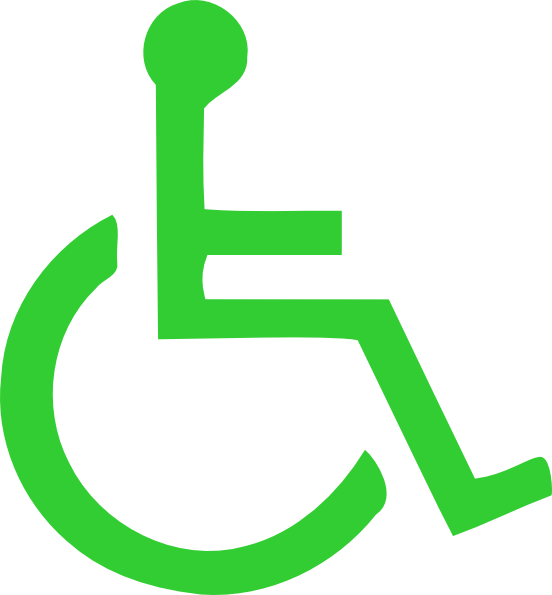I just watched Celebrity Apprentice where Lou Ferrigno announced he had surgery and can hear again. I said to my husband -- where are the implants, I don't see cochlear implants. I googled and found this article that talks about his implant. The device is called Esteem. I'm a little skeptical because the articles I've found were sourced by the company that makes the device. The device is a cochlea stimulator - amplifies vibrations and stimulates the remaining hair cells. Here's the article:
http://www.sacbee.com/2012/05/21/v-print/4505510/lou-ferrigno-best-known-as-the.html
NEW YORK, May 21, 2012 --
/PRNewswire/ -- Profoundly hard of hearing since two years old, Lou
Ferrigno revealed last night on The Celebrity Apprentice that he
recently underwent a surgical procedure to restore his hearing, with the
Esteem® Device, manufactured by Envoy Medical Corporation. The device
is a fully implantable prosthetic cochlea stimulator, designed to do
just that. It has no microphones or speakers. It is invisible. Except
that Lou knows it was implanted, he has no sense of it being in his
body. But he can hear. And according to Lou Ferrigno, it "is a
miracle." "Lou's dream has always been to hear like everyone else,"
said Carla, his wife of 32 years, who encouraged Lou to have the
procedure. Now, Lou says he has "natural hearing and can hear things he
has never heard before or could have ever hoped to hear." Birds
chirping, rain on his roof, his alarm clock in the morning (scares the
heck out of him, he says laughing) the tiniest sounds of his fingers
moving together, the refrigerator's quiet motor, but most importantly,
the ability to hear people in everyday conversation, even in a noisy
environment, like a restaurant. "Everything is so loud and so clear,"
says the actor, who is still trying to figure out certain, never before
heard sounds. Ferrigno said he "can't wait to get his second ear done,"
The
device was implanted by Dr. Michael Murray of San Jose CA, who has
performed hundreds of Esteem® procedures and is booked through
September. Lou Ferrigno's surgery was performed in Houston, Texas at
Envoy Medical's private ("decadent," according to Murray) surgical
center. The entire procedure costs approximately $37,000 for the device
and the surgery, and according to Ferrigno, "is worth a lot more."
Approved
in a 15 to 0 unanimous, independent panel vote by the FDA, the Esteem®
is indicated for moderate to severe hearing loss, in people with
sensorineural hearing loss (about 85% of all hearing loss sufferers).
It replaces conventional hearing aids for those who qualify. The
Esteem® Device is also approved by the VA (Veterans Administration) for
those who qualify and have it prescribed by their VA audiologist and ENT
specialist.
The device works by leveraging the natural anatomy of a person's own
body. Sound enters the ear naturally. The natural vibrations of the
eardrum are sensed and sent to a microprocessor implanted under the skin
behind the ear. The vibrations are intensified and sent to the cochlea
via the stapes. The tiny remaining hair cells in the cochlea pick up
the vibrations and send them to the brain where they are interpreted as
sound. The result, according to the successful recipients, including
Lou Ferrigno, is beyond anything a hearing aid can offer. Ferrigno is
still amazed at how well it works. "No more hearing aids for me," Lou
Ferrigno exclaims with a huge smile on his face. Tears fell from his
eyes upon activation. Ferrigno, dumbfounded, said "he was advised by
his audiologist not to have the procedure." "Go Figure?" said Ferrigno.
Lou said he "hasn't felt this good since he won the Mr. Universe
competition."
Envoy Medical CEO, Patrick Spearman, is quoted as
saying, "Esteem® is a revolutionary breakthrough technology and will
forever change the way sensorineural hearing loss is addressed and
treated in the future," and "that the ENT community believes it is the
only practical method of medically treating the problem."
The
world renowned otologist (ENT) Dr. Michael Glasscock, is implanted in
both ears, and spoke enthusiastically to the FDA panel during the
approval process.
Further information can be found on Envoy Medical's web site
www.envoymedical.com or by calling toll free 866-950-HEAR (4327).
SOURCE Envoy Medical Corporation
 When you get close, you’ll feel a vibration when you’re on the last leg of the route, and once again when you arrive. More...
When you get close, you’ll feel a vibration when you’re on the last leg of the route, and once again when you arrive. More...





